
Traceability and lot coding
This topic explains how traceability and lot coding work in coffee milling, why they are essential for quality assurance, and how they support transparency and trust in specialty markets.

This topic explains how traceability and lot coding work in coffee milling, why they are essential for quality assurance, and how they support transparency and trust in specialty markets.
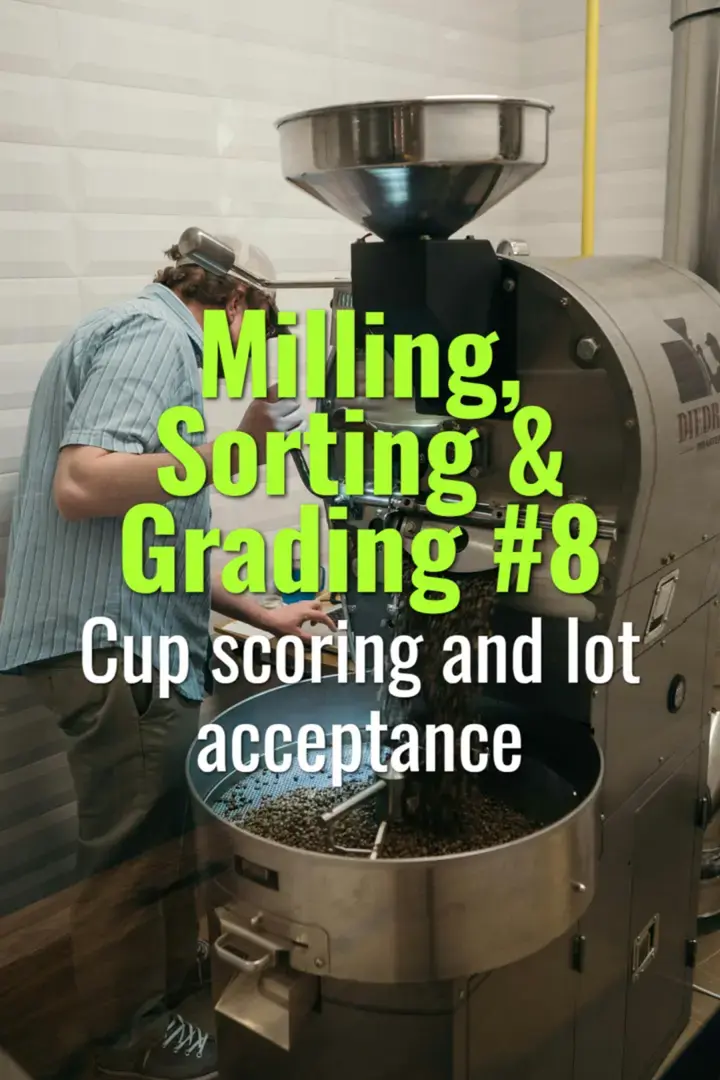
This topic explains how cup scoring is used to evaluate coffee quality, the standards applied by the Specialty Coffee Association (SCA), and how scores determine whether lots are accepted or rejected in trade.
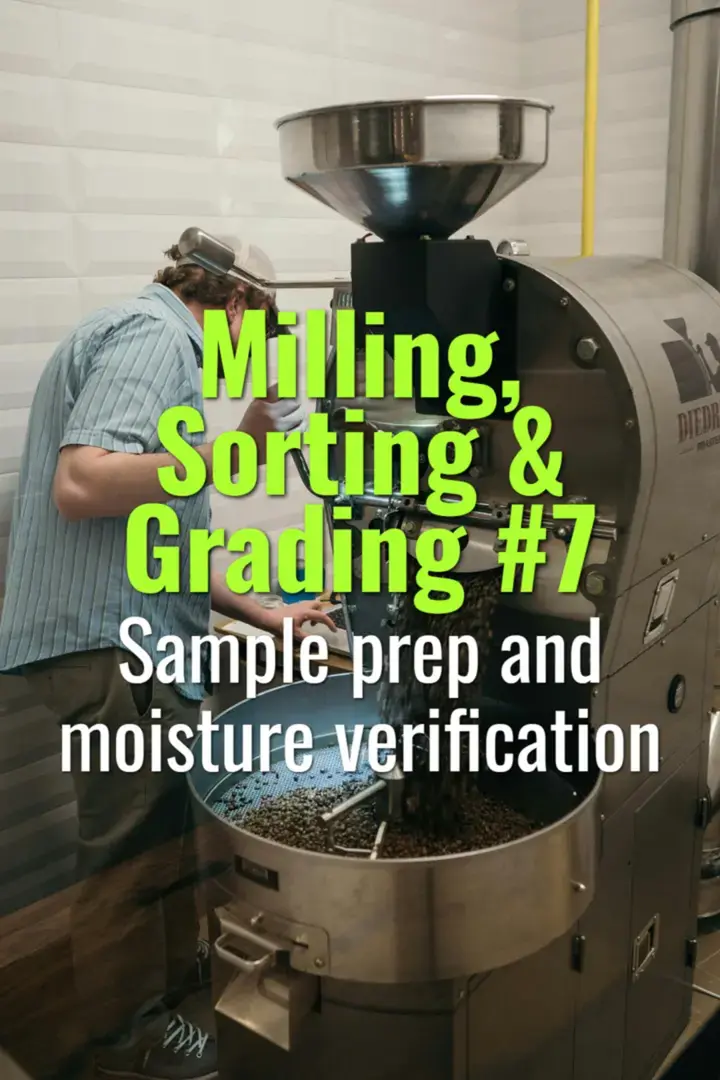
This topic explains how coffee samples are prepared for analysis during milling and how moisture verification ensures beans meet quality and safety standards before export or roasting.
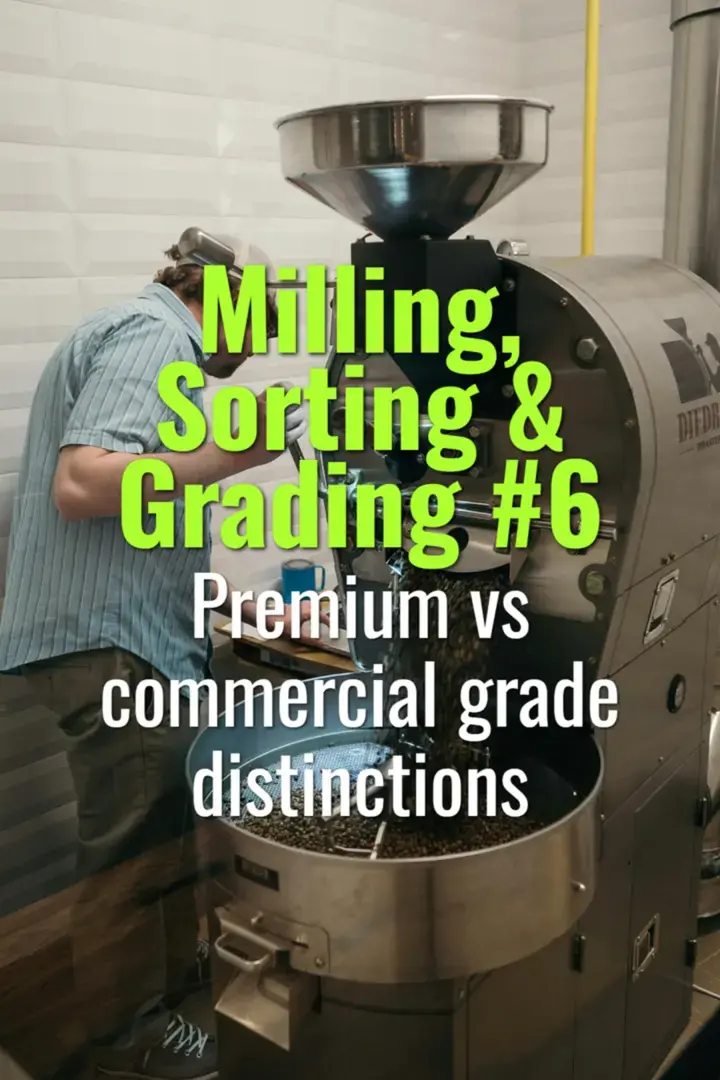
This topic explains the distinctions between premium (specialty-grade) and commercial-grade coffee, focusing on physical standards, sensory outcomes, and market implications.
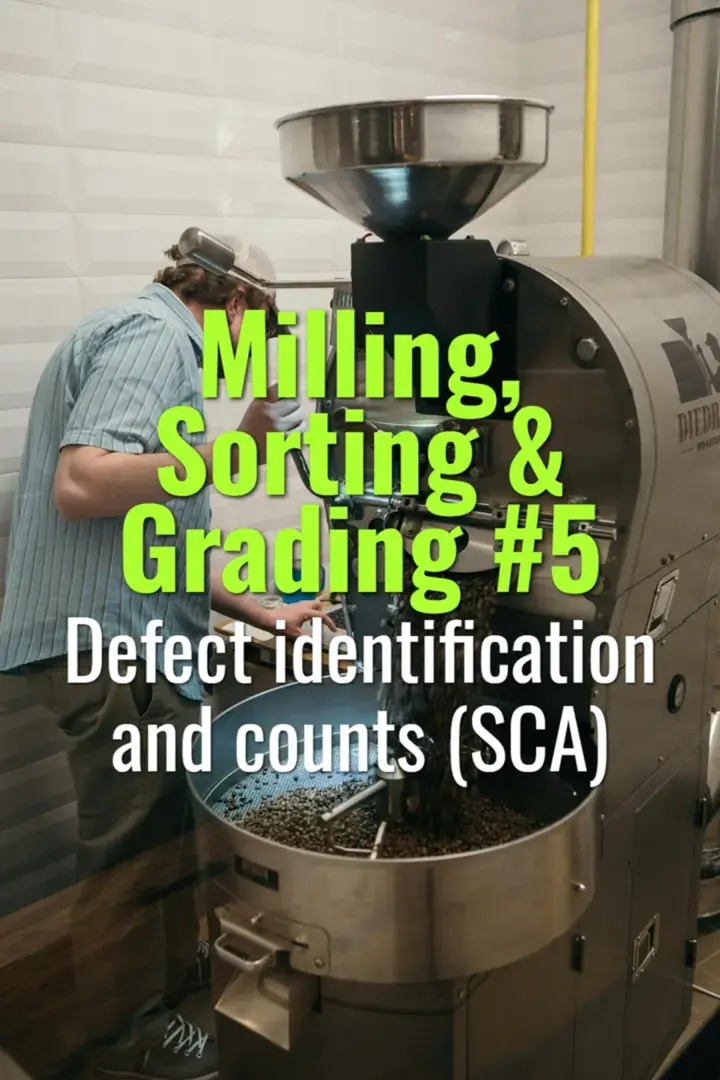
This topic explains how defects are identified and counted in coffee according to Specialty Coffee Association (SCA) standards, why this matters for grading, and how it influences specialty classification.
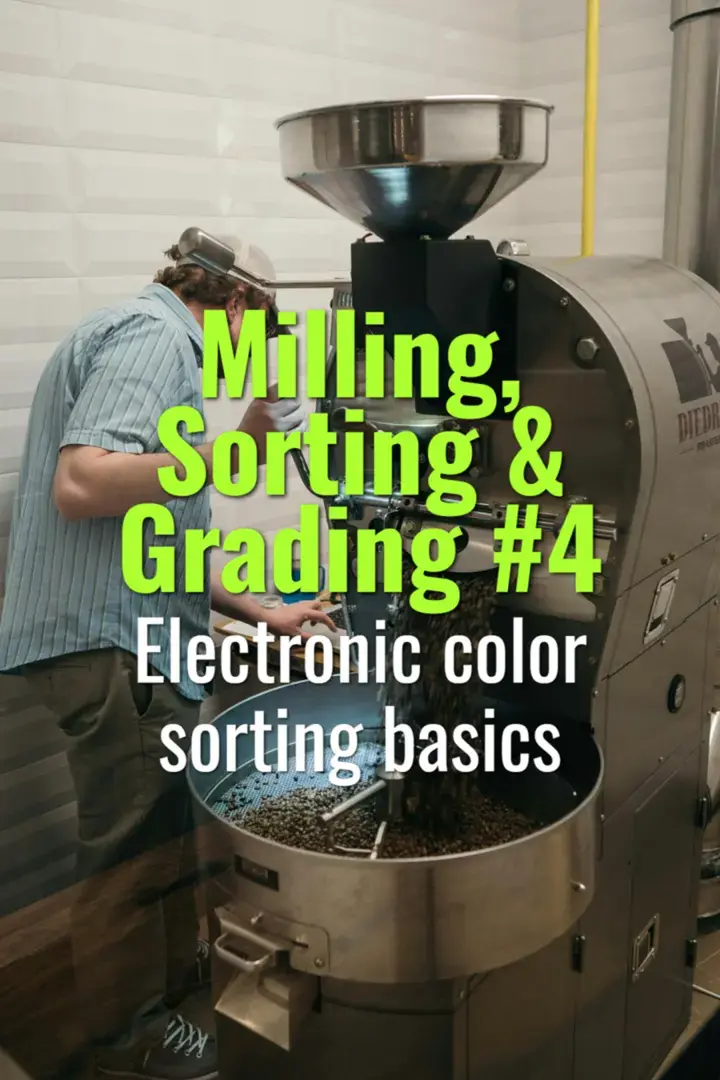
This topic explains the basics of electronic color sorting in coffee milling, how the machines work, and why they are essential for defect removal and consistency in specialty coffee exports.